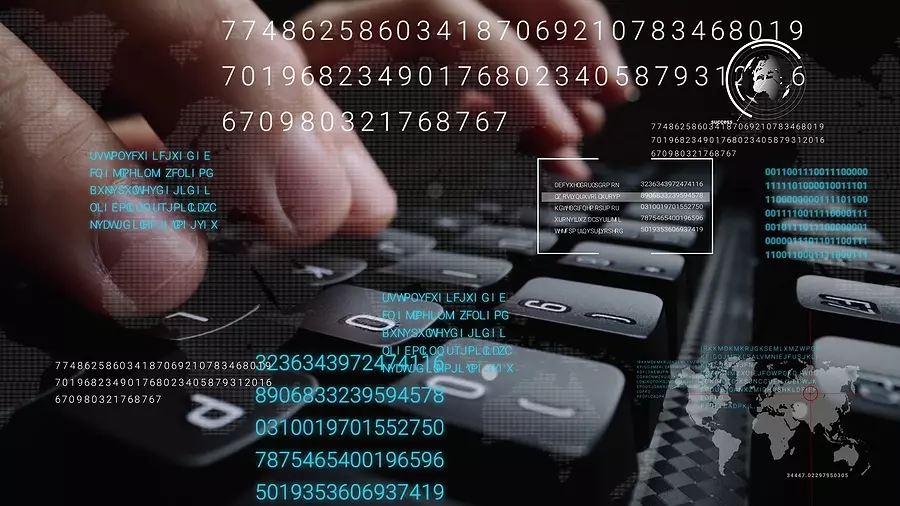Know the key implications of cybersecurity in drone technology: Experts’ view from CyberPeace

Advancements in industrialisation and automation have further led to the evolution of completely autonomous drones adept at complicated pre-programmed tasks. It, correspondingly, is a vital part of drone technology to deter likely threats and attacks on unmanned aerial systems (UAS). In the proceeding years, the research and investment in cybersecurity solutions for drone technology will be important in protecting the future of UAS and in preserving the trust of stakeholders and users.
Drones are equipped with a comprehensive range of sensors, cameras, and communication instruments, and with the increasing technological sophistication of drones it will be susceptible to cyber-attacks. In this context, one should ensure the dependability, security, and efficiency of drones in an increasingly corresponding world by prioritising cybersecurity in the innovation, development, and functioning of the system. The requirement for strong cybersecurity benchmarks has never been more imperative as drones will be increasingly integrated into diverse industries.
Countries today have come closer together because of globalisation through political and economic ties and by advancing cross-border interactions. Nevertheless, many countries in the present years have been subjected to covert operations and attacks from hostile nations or non-state actors, which emphasises the critical need for contemporary technological innovations in protecting its borders.
The use of drones is considered a great threat landscape for national security and most importantly, understanding the drone laws has become critical for a steadfast drone operation as each country has a different set of laws. However, every country therefore demands cutting-edge technology apt to intelligently recognize and balance aerial threats to protect their airspace. The interdependent nature of drone technology poses a threat to overall cyber-attacks as they usually depend on cloud storage, blockchain, and communication grids to operate, constructing numerous points of access for hackers to manipulate or exploit.
Furthermore, the United Nations (UN) has recognised the potential edge of drones for manifold purposes like humanitarian aid, disaster relief, and peacekeeping operations (PkO). It has further been vigorously engaged in dialogues about the regulation and use of drone technology.
The UN in 2017 also adopted a resolution calling for associate or member states to improve their capability to contain and respond to threats connected to drones comprising of cybersecurity matters. To help strengthen international cybersecurity efforts in the drone industry cooperation between international organisations and countries is necessary to communicate the most useful practices and information on cyber threats.
The advantages of cybersecurity in drone technology include operations to prevent unauthorised access, secure regulatory adherence to be used in several industries for surveillance and delivery though the capability for privacy violations and data breaches is crucial and to safeguard sensitive data.
Drone security systems have exceptional capacities to disrupt their communication links, detect possible targets, and eliminate drones within their operating capacity. One can be assured that drones remain a secure and safe mechanism for innovation and advancement in the current world by promoting cooperation between stakeholders and supporting cybersecurity research and development (R&D).
Drone technology on the downside presents innate cybersecurity challenges that must be addressed proactively. The drawbacks include vulnerability to unauthorised access, the infringement of privacy, lack of standardisation, uniform cybersecurity protocols and regulations, global positioning system (GPS) spoofing, and hacking for destructive intents such as espionage, terrorism, vandalism, etc. A first-rate cyber attack could have far-reaching effects on a drone operating in sensitive areas including disturbances to fundamental usefulness or likely damage at the physical level and a comprised drone system can have a cascading cyber attack that can potentially have a domino impact on other connected systems as well.
The technology of drone has therefore greatly progressed in contemporary years, offering a comprehensive spectrum of capabilities for governmental and commercial applications. The extent of securing cybersecurity in drone technology will further become considerably important as they expand into diverse industries or sectors. But, for international organisations, countries, and institutions, building drone security capability will become increasingly crucial. Organisations, Institutions, and regulatory bodies must continue to work jointly to set policies, guidelines, laws, and regulations that focus on cybersecurity in drone technology.
To safeguard the integrity of drone technology, manufacturers, operators, and policymakers ought to enforce strong cybersecurity standards. There is also a need to implement geo-fencing solutions, create local regulations concerning drone use, and set up authentication mechanisms, strong encryption protocols, and firewalls in position to ensure communication means and contain unauthorised access to drone systems to mitigate these threats.
—The authors; Major Vineet Kumar and Dr. Preethi Amaresh, are Global President and Founder, and Head of Cyber Diplomacy and International Relations, respectively at CyberPeace, an Indian nonpartisan, nonprofit organization of Cyber Security that works to build resilience against cyberattack and cybercrimes. The views expressed are their personal.



